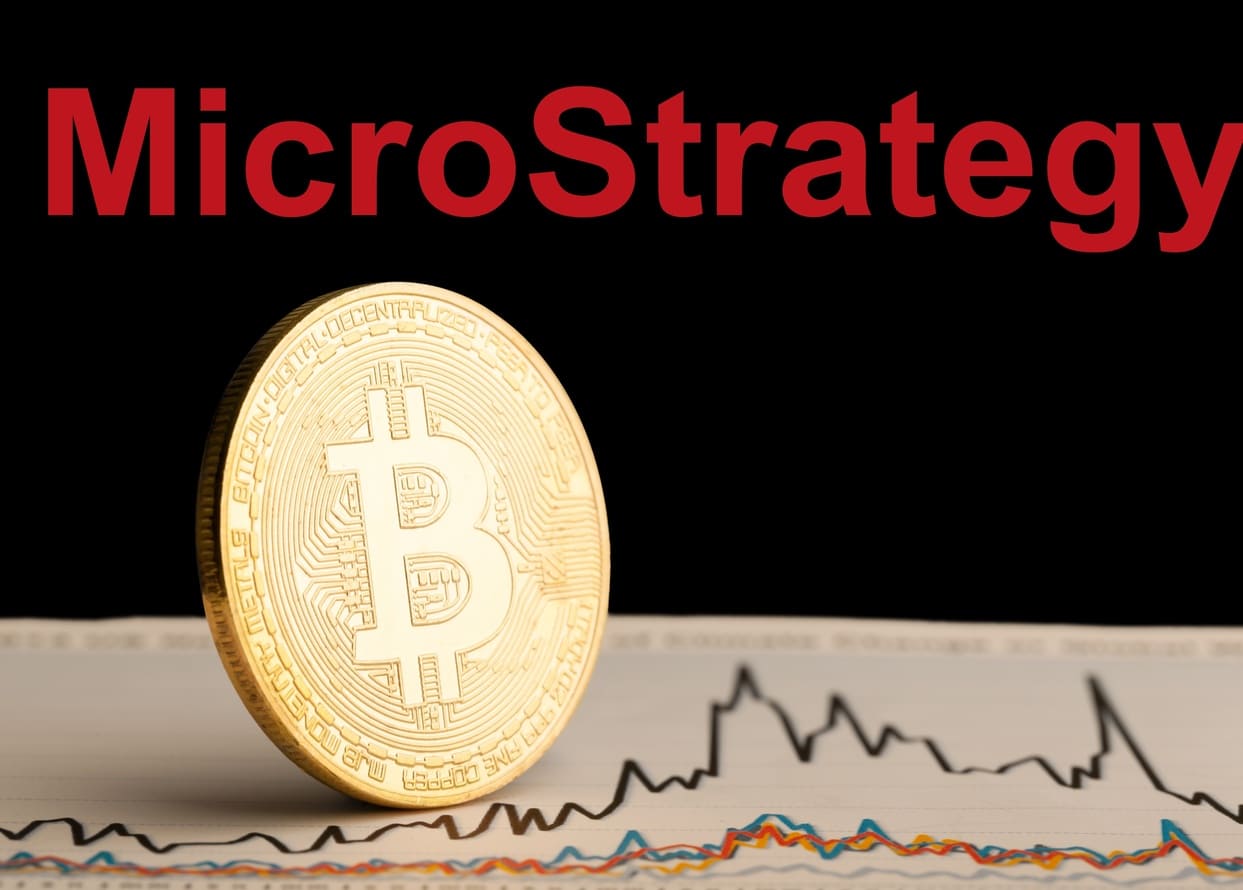
Ethereum's Shapella Hard Fork Spurs Record Staking Rates, Defying Controversy
Recent data unveils a resilient Ethereum staking ecosystem despite initial fears of selling pressure post-Shapella hard fork.
Ethereum's Shapella hard fork, initially met with apprehension and concerns of selling pressure, has instead paved the way for record-breaking staking rates, as revealed by Intotheblock's data in January 2024.
The data showcases an unprecedented Ethereum staking rate, with approximately 30 million ETH staked and a staking participation rate exceeding 24%. This significant milestone underscores a clear preference among Ethereum holders for staking over immediate token liquidation. The surge in Ethereum locked-in staking persists, with only 11% of the total token supply currently residing on centralized exchanges.
Contrary to the early predictions of widespread unstaking following the Shapella upgrade – allowing stakers to withdraw their coins for the first time since December 2020 – the latest figures indicate a resilient staking community. Despite the introduction of the withdrawal feature, the current staked amount remains substantial at 29.13 million ETH, constituting 24.2% of the total supply.
The Ethereum staking rate is a composite metric, combining rewards for consensus layer duties and priority transaction fees. These rewards adhere to Ethereum's transparent "monetary policy," adjusting based on the total staked ETH to prioritize network security. Concurrently, transaction fees are influenced by Ethereum network demand, typically escalating in response to emerging information or opportunities.
With the staking landscape proving robust, expanding Ethereum's user base and exploring diverse use cases becomes imperative. This strategy not only fortifies network security but also attracts new investments in ether while fostering connections between digital assets and traditional finance.





